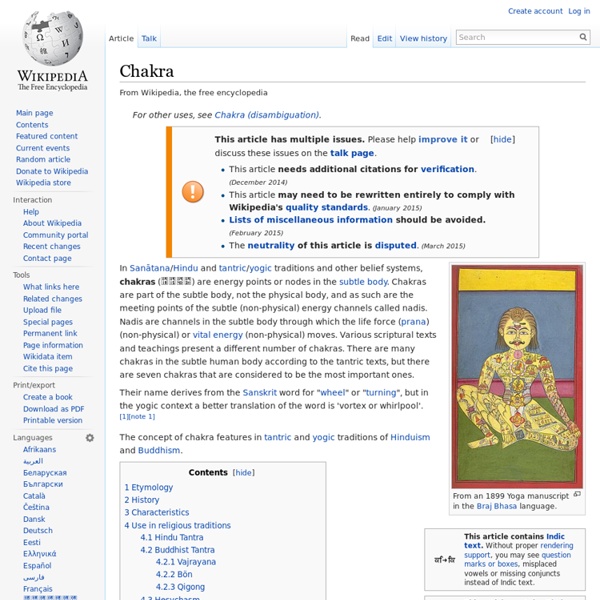Meridians - The Life-force Energy Highway.
Meridians are the final component of the human energy body and is fully explained and discussed in depth in "The Human Energy Body Course". The easiest way to describe them is is to look at them as the energy equivalent of the arteries and veins which carry your blood around your body, in other words they are energy channels. These energy channels carry your life-force, or Ki, around your body. Your major meridians route the energy lengthways through the body, connecting with all of the body's major organs. There are also other smaller energy channels, minor meridians which criss-cross throughout the body, connecting all the parts together so that Ki can flow everywhere.
Section 1. Learning How to Be a Community Leader
What is a community leader? Are you one?Why should you be a community leader?
A Primer on Major and Minor Chakra
Chakras are a concept originating from Hindu texts and used in Hindu practices. Their name derives from the Sanskrit word for “wheel” or “turning”. Chakras are a concept referring to wheel-like vortices which, according to traditional Indian medicine, are believed to exist in the surface of the etheric double of man. From their Hindu origin, the understanding of Chakras and the Chakra system is now in widespread and used through all systems that deal with energy medicine.
Pranayama
Prāṇāyāma (Sanskrit: प्राणायाम prāṇāyāma) is a Sanskrit word meaning "extension of the prāṇa or breath" or "extension of the life force". The word is composed of two Sanskrit words: prana, life force, or vital energy, (noted particularly as the breath), and ayāma, to extend or draw out. (Not "restrain, or control" as is often translated from yam instead of ayāma). It is a yogic discipline with origins in ancient India. Etymology[edit]
Third eye
A Cambodian Shiva head showing a third eye. In some traditions such as Hinduism, the third eye is said to be located around the middle of the forehead, slightly above the junction of the eyebrows. In other traditions, as in Theosophy, it is believed to be connected with the pineal gland. According to this theory, humans had in far ancient times an actual third eye in the back of the head with a physical and spiritual function. Over time, as humans evolved, this eye atrophied and sunk into what today is known as the pineal gland.[3] Dr. Rick Strassman has theorized that the pineal gland, which maintains light sensitivity, is responsible for the production and release of DMT (dimethyltryptamine), an entheogen which he believes possibly could be excreted in large quantities at the moments of birth and death.[5]
Questions in Taoism: What is the Third Eye?
The third eye is the ability to see what might be: In other words the third eye is our ability to see potential. It’s a sense and it can be developed to be more refined and accurate than only being a hunch. The Third Eye is a natural part of every person, but it’s a “meta” organ. In other words: it consists of all the senses and mind working together as a larger more powerful sensory organ. The Third Eye is a very clever bit of natural evolution: a meta organ designed to sense, connect to patterns and then relay that data back in overlays of information on top of your other senses.
The Key of Wisdom Crystal
'The Key of Wisdom' [©1998 Photos by Ann Williams-Fitzgerald] [Generator Specimen from the Julio Mottola Collection] The 'Key of Wisdom' Crystal Generator Ann Williams-Fitzgerald PhD Crystal Therapist & Author
Job search - Ninja’s and Hinduism–Mudras and its powers « Hindu Internet Defence Force
These are Hand Mudras which Hindus do regularly while meditation.. Hindus have forgotten their own ancestral techniques and have become slave of the western mind set..Power of these simple techniques can be checked when done for long time Such is the shame of India that Indian’s have forgotten how much they influenced the world and have to go by the western dictates as to what Hindus know and what they did in the past Kuji-kiri Kuji-kiri is an esoteric practice <——–( Again a western method to give names to simple yoga Techniques ) which, when performed with an array of hand "seals" (kuji-in), was meant to allow the ninja to enact superhuman feats.



